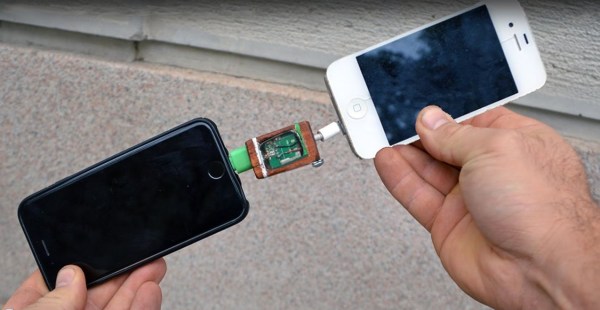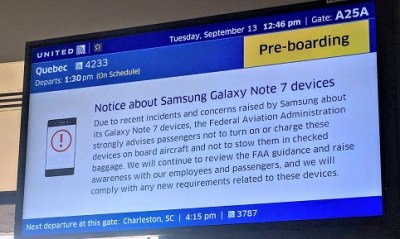If you look around the street furniture of your city, you may notice some ingenious attempts to disguise cell towers. There are fake trees, lamp posts with bulges, and plenty you won’t even be aware of concealed within commercial signage. The same people who are often the first to complain when they have no signal it seems do not want to be reminded how that signal reaches them. On a more sinister note, government agencies have been known to make use of fake cell towers of a different kind, those which impersonate legitimate towers in order to track and intercept communications.
In investigating the phenomenon of fake cells, [Julian Oliver] has brought together both strands by creating a fake cell tower hidden within an innocuous office printer. It catches the phones it finds within its range, and sends them a series of text messages that appear to be from someone the phone’s owner might know. It then prints out a transcript of the resulting text conversation along with all the identifying information it can harvest from the phone. As a prank it also periodically calls phones connected to it and plays them the Stevie Wonder classic I Just Called To Say I Love You.
In hardware terms the printer has been fitted with a Raspberry Pi 3, a BladeRF software-defined transceiver, and a pair of omnidirectional antennas which are concealed behind the toner cartridge hatch. Software comes via YateBTS, and [Julian] provides a significant amount of information about its configuration as well as a set of compiled binaries.
In one sense this project is a fun prank, yet on the other hand it demonstrates how accessible the technology now is to impersonate a cell tower and hijack passing phones. We’re afraid to speculate though as to the length of custodial sentence you might receive were you to be caught using one as a private individual.
We’ve considered the Stingray cell phone trackers before here at Hackaday, as well as looking at a couple of possible counter-measures. An app that uses a database of known towers to spot fakes, as well as a solution that relies on an SDR receiver to gather cell tower data from a neighbourhood.
[via Hacker News]













 Enter the
Enter the 









